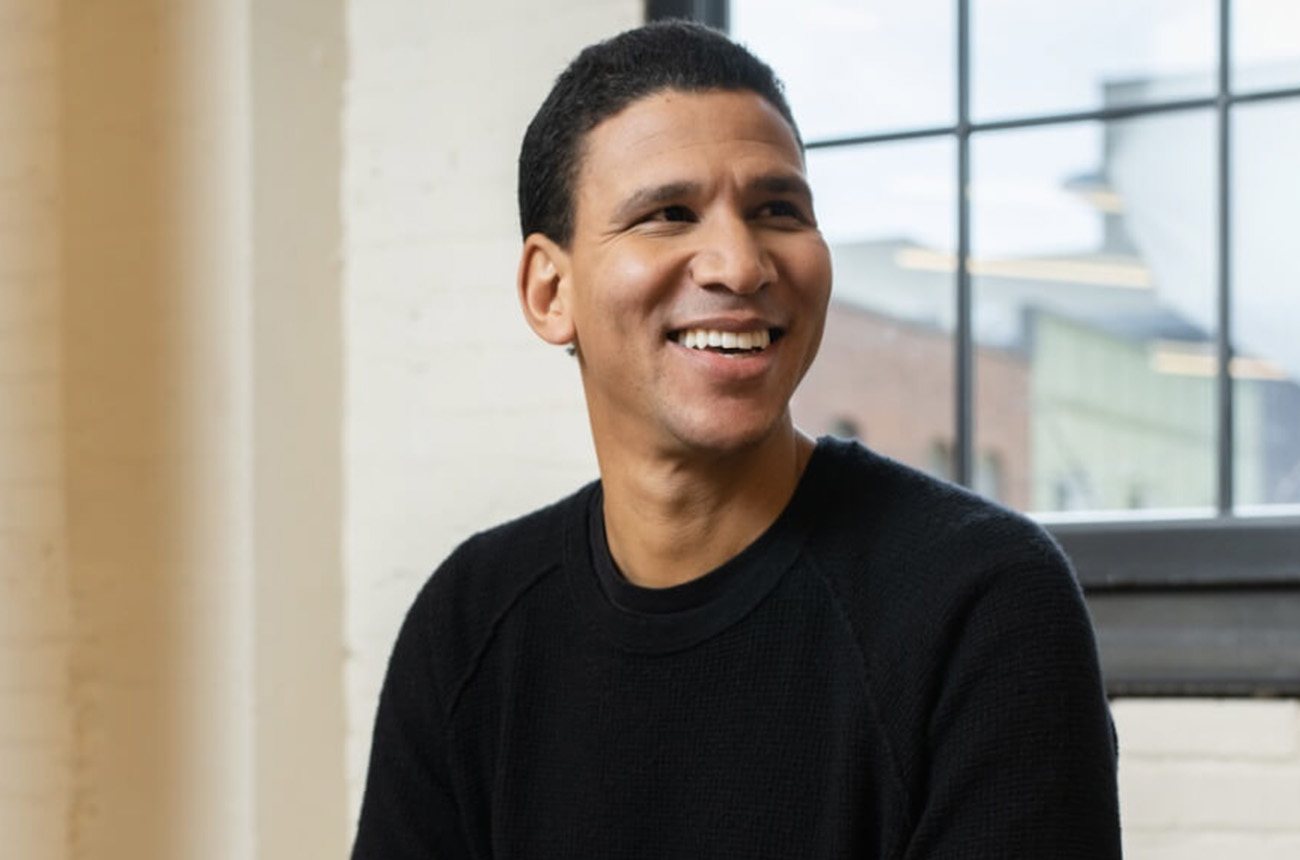Growing up in Coatesville, Pennsylvania, Derrick Morgan recognized that his community was different. Situated right outside of Philadelphia, Coatesville is a suburb that sits in the richest county of Pennsylvania, yet lacks the resources it needs to economically empower its residents. Everywhere I ever lived before I graduated from high school is considered an opportunity zone, Morgan said. After graduating from Coatesville High School, he went on to play football at Georgia Tech and then was drafted by the NFL to play for the Tennessee Titans. And after nine seasons on the field, Morgan hung up his football cleats in July 2019 to focus full-time on impact investing with his fund, KNGDM Impact.
As part of the Tax Cuts and Jobs Act (TCJA) of December 2017, the Internal Revenue Service (IRS) classified opportunity zones as areas with high rates of unemployment that investors can now finance and develop in order to receive a tax incentive. From the onset, opportunity zones seem like the perfect opportunity for any and all wealthy people with money to blow to do good two times over in underserved communities. But as Morgan would quickly learn, impact investing and philanthropy are two different things.
I always said I was going to play for as long as it made sense, Morgan said, and when I tore my ACL in 2010, I was forced to take a step back and think about how I could diversify my opportunities if I did get injured again.
During that time of reflection, he realized that he wanted to give back to communities that had significant meaning in his life, but also equip them with the tools they need to be successful. He launched KNGDM Impact Fund with an emphasis on four cities: Coatesville, PA; Austin; Nashville; and Atlanta. For him, becoming an impact investor has proven to be about much more than the return on his investment, but rather a chance to build long-lasting sustainability in communities that need it the most.
When the opportunity zone program was released, my team and I were like, ‘This is just another tax incentive for gentrification. How can we prevent that from happening?’ Morgan recalled. I wanted to debunk that myth, and become an example of doing great work that has a positive ROI.
Morgan believes that in order for impact investing to truly be beneficial for the community it is serving, there must be equal participation and inclusion from all parties in participation. I look at opportunity zones and any type of impact investments as having many stakeholders: You have community residents, city government, investor, and so forth, he said. At KNGDM Impact, we believe we can be an advocate for the communities that are going to receive this capital, but are the residents going to have a say in what happens in the changes that will happen to their community
COMMUNITY OVER EVERYTHING
Community input is something that not only impacts the completion of a project, but can also set the stage for how decisions are made on a federal level.
Aron Betru is the Managing Director of the Center for Financial Markets at the Milken Institute, and leads innovative financial and strategic initiatives for enhancing social impact both at home and abroad. In June 2016, 18 months before the TCJA became a thing, Betru was part of a conversation hosted by the White House on how to mobilize capital for minority-owned small businesses.
At the end of that meeting, the Milken Institute and the Small Business Administration decided to conduct joint research and find practical solutions with the Partnership for Lending and Underserved Markets, or PLUM. The two-year exercise focused on Baltimore and Los Angeles, and provided these cities an opportunity to be guinea pigs in an economic development experiment. And while the results are still pending, it ultimately laid the groundwork for the Milken Institute’s involvement with how capital moves to and through areas within opportunity zones.
That being said, for us it was obvious that getting capital to come in was going to be critical, Betru said. And so when now with a completely separate thing, IE opportunities zones, surfaced, it became kind of, of course we’re going to participate, and help to make sure that it does what it’s actually supposed to do. Its original intent is about lifting communities.
Betru said that job creation is going to be vital in solving the problem of displacement as a result of gentrification.
The best way to combat that is not to force property values to stay low; it’s to force job creation so that workers’ income and wages will increase, Betru said. I want that economic independence to happen so that they can choose whatever they want to in terms of how to reside in that community. That’s the critical part.
While opportunity zones are still in their infancy, now is a perfect time for communities small and larger to learn how they can use opportunity zones to their advantage.
Working with local and state government officials to establish projects eligible for OZ funding is an uphill climb, but building those relationships is critical to success.
When you’re dealing with a city or municipality, there’s sometimes a lot of pushback and moving pieces, Morgan said. In Coatesville, Nashville, Austin, and Atlanta, we have existing relationships with city officials in which we can present to them our ideas, they share what they’re working on, and then we try to find a way to marry the two comprehensively.
Now that he has officially retired from football, Morgan said that he’s looking forward to doing impact investing at a larger scale, and proving that social impact can indeed break systemic cycles.
We understand these communities, we’ve lived in these communities, he said, and now we have a chance to become a voice for these communities in respect to opportunity zones.








